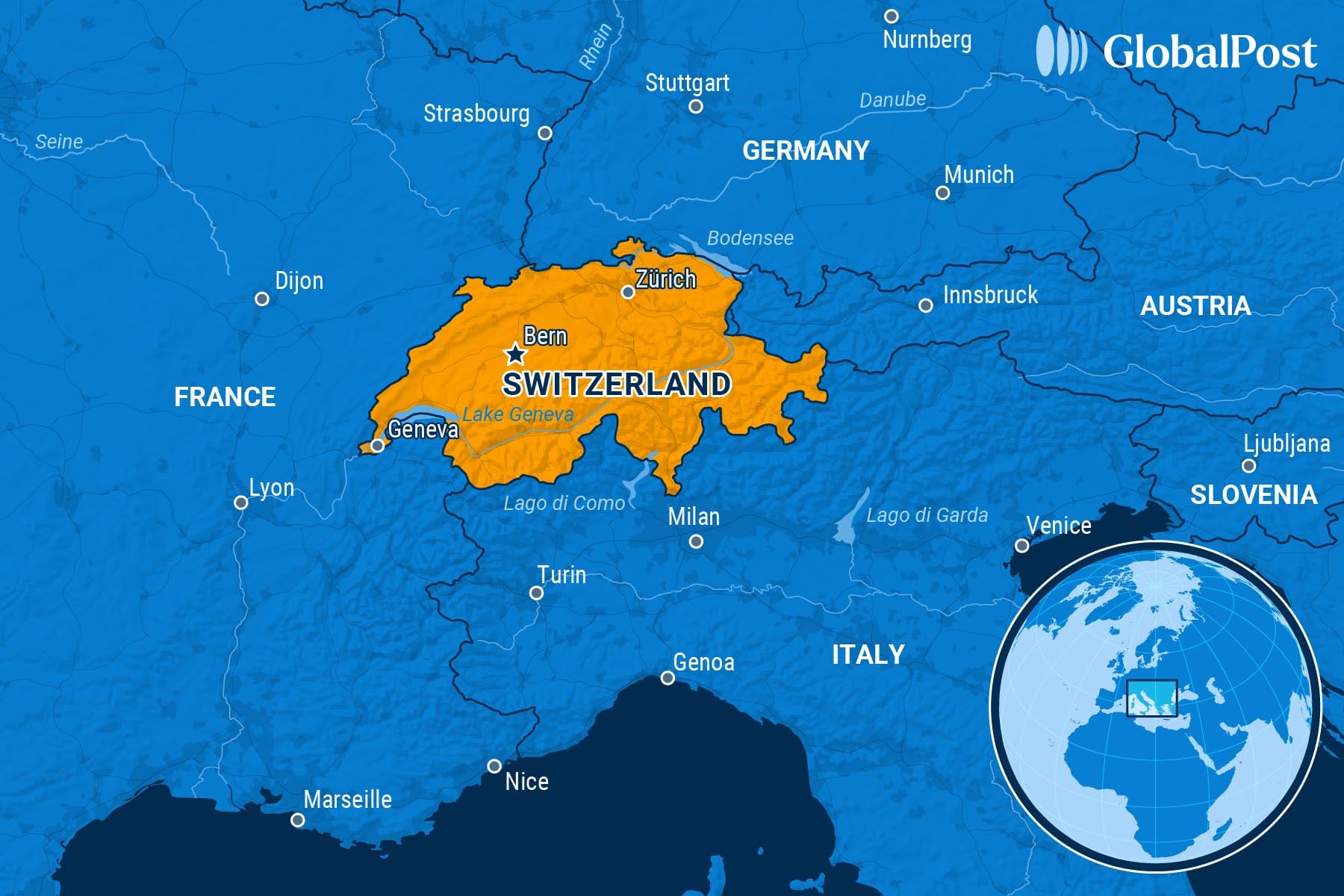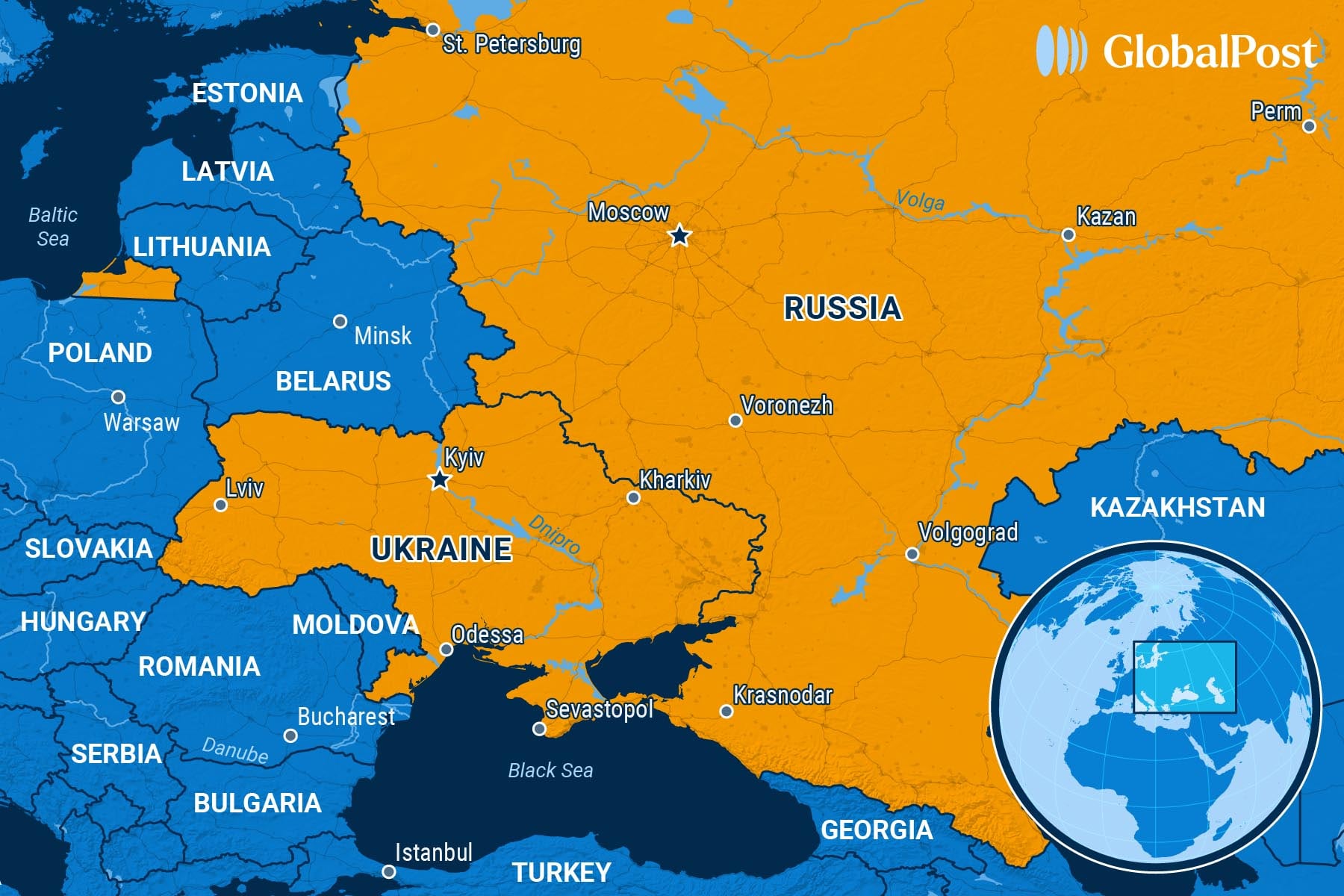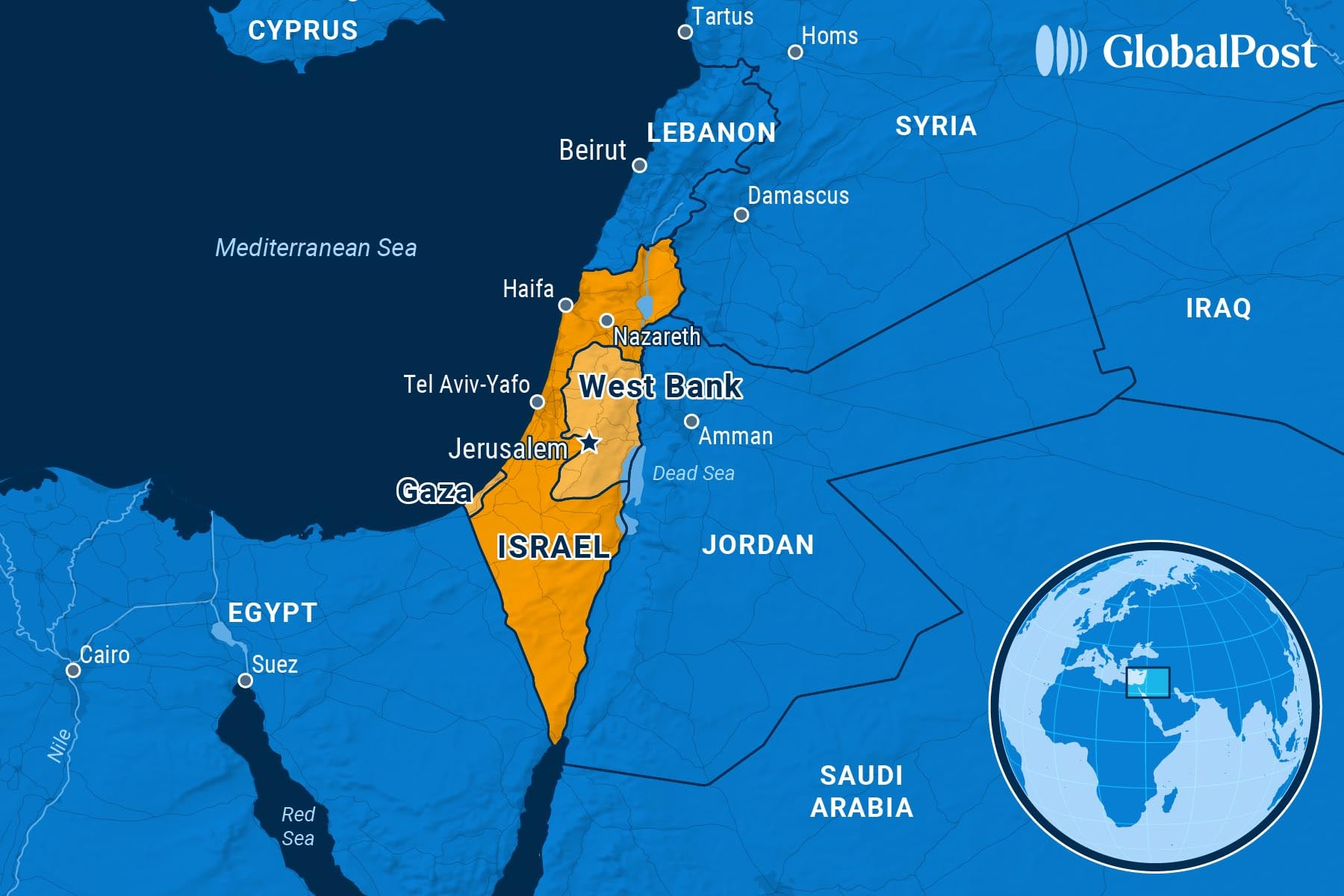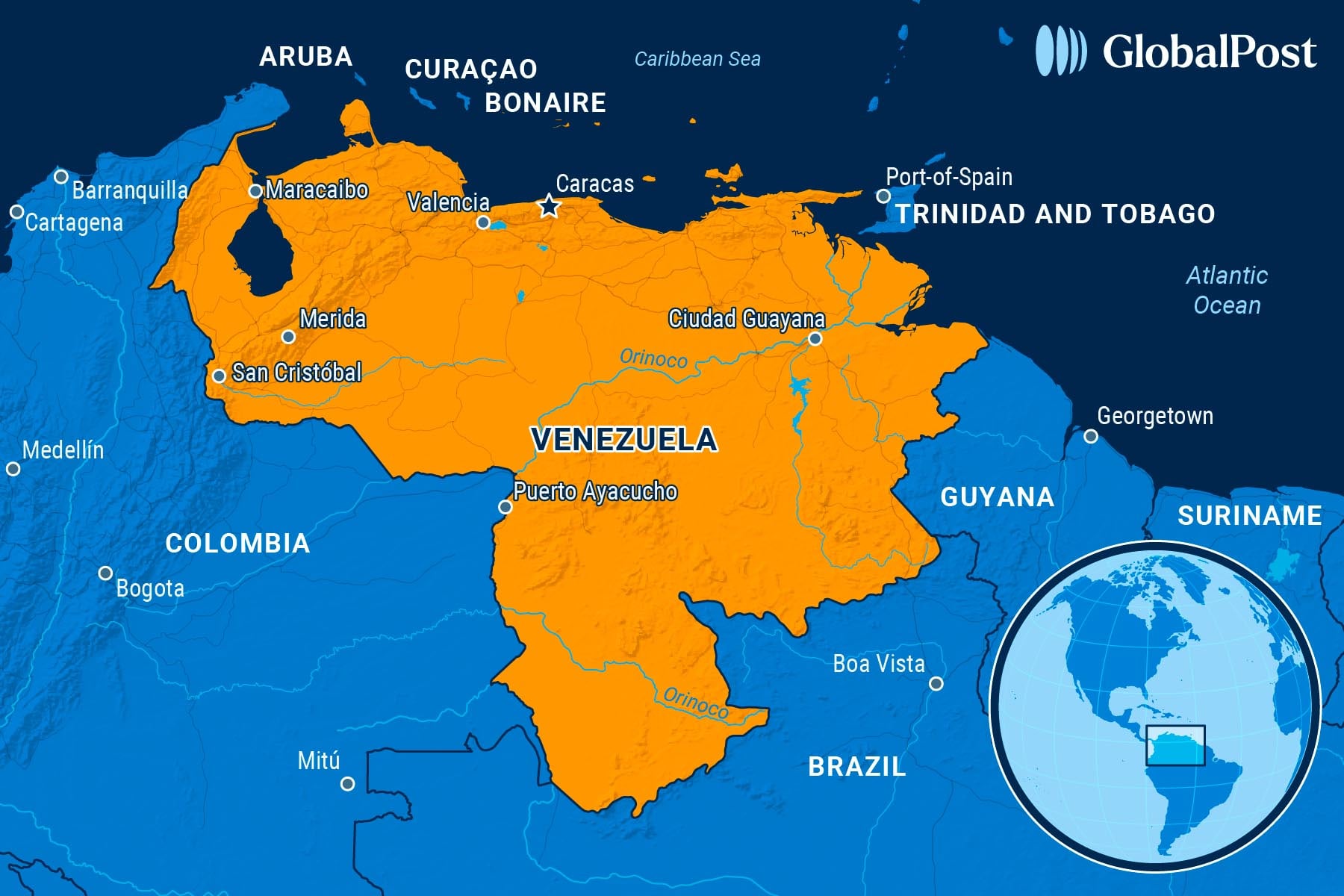Switzerland, Spurned By the US, Turns To the EU
NEED TO KNOW
Switzerland, Spurned By the US, Turns To the EU
SWITZERLAND
 When the Swiss recently learned they would be hit with 39 percent tariffs on their exports to the United States, many thought it was fake news.
When the Swiss recently learned they would be hit with 39 percent tariffs on their exports to the United States, many thought it was fake news.
That couldn’t be right, some said. After all, they had made a deal. And they would certainly be given special consideration from the US, whom they see as their “sister republic.”
But when the reality set in, many government officials and business leaders flew into a panic because they knew that such a rate – the highest tariffs placed on any developed country – would hit the export-led country’s economy hard, costing jobs and growth.
“(Switzerland is) under attack by the US government,” said Stefan Brupbacher, head of Swissmem, one of the country’s largest industry groups. Swiss newspapers such as Blick described the turn of events in calamitous terms, calling it the country’s biggest defeat since it lost the Battle of Marignano to the French in 1515.
Now, as a result, some in Switzerland, which has maintained a policy of staunch neutrality and fervent independence for centuries – even through two world wars – are considering the once-unthinkable: Moving closer to the European Union.
“We’re a small country, we’re extremely vulnerable and we’ve just been humiliated,” Sherban Tautu, founder of Geneva-based asset manager Ten Edges Capital, told the Wall Street Journal. “The cost of being independent suddenly becomes cruelly obvious to people.”
The Swiss reaction is very much in line with those of other countries in the wake of the tariff announcement in April by US President Donald Trump: Nations from Canada to Brazil have announced emergency measures to help their battered exporters, have made trade agreements with other countries, or blocs, to insulate and diversify their economies, and occasionally, have fought back with heightened tariffs of their own.
Still, analysts say Switzerland’s turn toward the EU isn’t surprising for another reason: The Swiss find themselves vulnerable for the first time in centuries.
“Trump’s tariff shock has provoked a major identity crisis in a country that has grown rich on exports, and done so in splendid isolation from world politics,” wrote Joseph de Weck of the Foreign Policy Research Institute in the Guardian, who says the greatest aspect of the shock of the tariffs is psychological. “In a multicultural, federal country with four official languages, the grand unifying narrative of Swiss exceptionalism is in tatters.”
Part of the issue is that the Swiss felt blindsided, said observers: Swiss officials had been told they would be at the top of the list for a deal and would likely only face 10 percent tariffs instead of the 31 percent unveiled on Liberation Day. Meanwhile, that latter rate was bumped up eight points.
That’s because the country sold $38 billion more in goods and services to the US than it bought last year, and that number increased to $48 billion during the first six months of this year. “President Trump sees Switzerland as doing too little to address its trade deficit with the US,” suggested the New York Times.
Much of the imbalance can be traced to gold refining, a sector seeing a surge in demand for the metal in the United States because of the uncertainty the tariff regime has unleashed on global markets.
Meanwhile, for years, the Swiss have been in a ‘friends with benefits’ relationship with the EU, cooperating economically and in other ways but always maintaining a strict neutrality and distance.
Recently, the Swiss cabinet approved its biggest trade policy overhaul in years with the bloc.
The package of agreements with the EU covers not only trade but also transport, security, and education. They are designed to ensure “better and more predictable relations” with its surrounding neighbors, according to the Swiss government.
It may not be bloc membership but it is a move closer to the bloc than many Swiss would like, though public opinion is shifting, say observers.
“What is certain is that the Swiss left is benefiting from the tariff shock as it is traditionally more EU-friendly,” noted the Swiss Broadcasting Corporation. “But even those who have so far been less willing to position themselves are now in favor of closer ties with the EU, especially from business and the centrist parties.”
Still, some Swiss have expressed alarm. “The deal amounts, they think, to passive membership of the EU,” wrote the Economist. “When the EU adopts laws that affect areas covered by the agreement, Switzerland would have to incorporate them into its legislation.”
That won’t go over well in a country where direct democracy is taken to its purest form: Almost all laws, treaties, and other measures are made by referendum, including the new deal with the EU, analysts say.
When it comes to the US, the Swiss are considering fighting back.
Switzerland reduced its own tariffs to zero for US exports and promised billions in investment in the US, yet got no relief from US tariffs in return. Now, it is considering levying reciprocal tariffs, withdrawing the investment offer, and also the nuclear option: Swiss lawmakers are threatening to cancel an order for 36 F-35 jets from the US plane maker Lockheed Martin.
These measures are being considered because there isn’t anything else left to offer the US. For example, it isn’t likely that the small, wealthy Alpine country can make up the trade deficit by buying more US products.
“Balancing the deficit looks impossible,” the BBC wrote. “The population of Switzerland is just 9 million, and, bluntly, many of them don’t want to buy US products. The gas guzzling cars are too big for alpine roads, US cheese and chocolate… well, let’s just say they’re not really to Swiss taste.”
THE WORLD, BRIEFLY
Trump Announces Putin-Zelenskyy Meeting, Moscow Remains Vague
UKRAINE / RUSSIA
 Russian President Vladimir Putin has agreed to meet with Ukrainian President Volodymyr Zelenskyy, the White House said Tuesday, a day after US President Donald Trump spoke with European leaders and Ukrainian President Volodymyr Zelenskyy about resolving the war in Ukraine, CNN reported.
Russian President Vladimir Putin has agreed to meet with Ukrainian President Volodymyr Zelenskyy, the White House said Tuesday, a day after US President Donald Trump spoke with European leaders and Ukrainian President Volodymyr Zelenskyy about resolving the war in Ukraine, CNN reported.
“I had a very successful meeting with President Zelenskyy and now I thought it would be better if they met without me, just to see – I want to see what goes on. You know, they had a hard relationship very bad, very bad relationship,” Trump said on “The Mark Levin Show” on Tuesday.
But Russian officials played down the proposed meeting, the Washington Post wrote.
Russian Foreign Minister Sergei Lavrov said that while Moscow has not rejected any bilateral or trilateral meeting, he insisted that “any contacts involving the heads of state need to be thoroughly prepared.”
Trump’s remarks came shortly after Zelenskyy left Washington this week without concrete commitments but with a clearer framework for future talks to end the war in Ukraine, the Associated Press reported.
Monday’s high-stakes White House summit brought together Zelenskyy and seven European leaders, including French President Emmanuel Macron, German Chancellor Friedrich Merz, British Prime Minister Keir Starmer, NATO Secretary General Mark Rutte, and Finnish President Alexander Stubb.
Discussions centered on how to secure Ukraine against future Russian aggression. While Trump ruled out NATO membership for Ukraine, he offered support for a less-ironclad security guarantee, saying that Europe would take the lead and that the US would “be involved” and provide “very good protection.”
Zelenskyy welcomed the statement, calling it a “strong signal.” He later said security guarantees could involve a $90 billion US-Ukraine arms deal, including aviation and missile systems, as well as American purchases of Ukrainian drones, the BBC noted.
European leaders broadly praised Trump’s convening power, though many stressed the importance of a ceasefire before deeper negotiations ensue.
Merz said “the path is open now,” but warned that “the credibility of these efforts” depended on stopping the fighting, while Macron insisted that security guarantees must extend to the entire continent.
Rutte called Trump “amazing” and emphasized that clarity on guarantees was needed before considering any territorial issues.
For his part, Trump downplayed the need for a ceasefire and suggested that negotiations could proceed without one, remarks that align with Moscow’s position.
Zelenskyy and European leaders have pushed back against the proposal, citing concerns that proceeding with negotiations before halting the fighting would give Russia an advantage, Politico added.
Monday’s meeting came days after Trump met with Russian President Vladimir Putin in Alaska without making much progress toward peace.
Observers noted that Monday’s talks were a far cry from Zelenskyy’s last visit to the White House in February, when he was taken to task for not showing sufficient gratitude and for his casual attire.
On Monday, the Ukrainian leader wore a blazer, repeatedly thanked Trump and the Europeans, and even engaged in light banter with reporters.
Following the White House meetings, Trump phoned Putin for 40 minutes to discuss next steps. Later, he announced plans for a bilateral meeting between the Russian and Ukrainian leaders, followed by a trilateral meeting that he will also attend.
Kremlin aide Yuri Ushakov gave a cautious response, saying it was “worthwhile” to explore raising the level of negotiations. Meanwhile, Russian negotiator Kirill Dmitriev called the day “an important day of diplomacy” focused on “lasting peace, not a temporary ceasefire,” CNBC wrote.
Key issues remain unresolved, including whether Ukraine will cede territory, the scale of future US involvement, and whether Russia is serious about a settlement.
Hamas Agrees to Ceasefire Deal, Israel’s Response Unclear
ISRAEL / WEST BANK & GAZA
 Hamas has agreed to the 60-day ceasefire proposal advanced by Egypt and Qatar, but Israel’s response remains unclear, the BBC reported.
Hamas has agreed to the 60-day ceasefire proposal advanced by Egypt and Qatar, but Israel’s response remains unclear, the BBC reported.
Under the proposed deal, Hamas would free half of its 50 remaining Israeli hostages – 20 of whom are believed to be alive – in two phases during an initial 60-day truce. In return, Israel would free 200 Palestinian convicts, along with an unspecified number of women and minors held in its prisons, Reuters added.
The proposal also provides for negotiations on a permanent ceasefire and pullback by Israeli forces, which currently control 75 percent of Gaza. It would also allow the expansion of humanitarian aid deliveries in the enclave, where about 2 million people are facing famine, according to Sky News.
Israel had earlier accepted the outline of a similar deal suggested by US envoy Steve Witkoff but discussions stalled over certain details and fell through in July.
While it’s still unclear whether Israel will accept the new proposal, a response is expected by Friday, the Guardian noted.
An end to the war still seems unlikely, as significant disagreement persists over the terms. Prime Minister Benjamin Netanyahu’s office said last week that a deal would only be possible if all the hostages were released at the same time. Israel also wants Hamas to disarm and for its leaders to leave Gaza, conditions the group has so far rejected.
Netanyahu also announced plans earlier this month to take over Gaza City, which observers think might have pressured mediators from Egypt and Qatar, potentially along with Hamas, to draft an agreement. The Israeli leader appeared in a video saying that Hamas’s move gives him the impression that the organization “is under immense pressure.”
But Netanyahu is under political pressure too. Some of it comes from his far-right partners, who oppose any truce with Hamas. Rather, some are calling for the annexation of Gaza and for the war to continue until the group is wholly defeated.
The prime minister is also facing mounting domestic and international pressure, as tens of thousands of Israelis on Sunday staged some of the largest protests since the war, asking for the release of hostages and an end to the nearly two-year-long war.
Thousands of Palestinians in Gaza City have started to evacuate the area, now under relentless Israeli bombardment. They are moving toward the western and southern parts of the territory in anticipation that the Israeli cabinet will approve the military’s plan to occupy Gaza City later this week.
Venezuela Deploys Millions of Fighters Over US ‘Threats’
VENEZUELA
 Venezuelan President Nicolás Maduro pledged to mobilize millions of militia members in response to the US doubling the reward for his arrest and intensifying its anti-drug operations in the Caribbean, Al Jazeera reported.
Venezuelan President Nicolás Maduro pledged to mobilize millions of militia members in response to the US doubling the reward for his arrest and intensifying its anti-drug operations in the Caribbean, Al Jazeera reported.
Maduro said Monday that he would mobilize more than 4.5 million militia members to “ensure coverage of the entire national territory.” It’s not clear if he can hit that number, however. The militia officially counts five million members, but experts believe the real figure must be lower, as the entire population numbers only about 30 million.
The plan comes in response to US actions in the neighborhood. Earlier this week, Washington deployed three US guided-missile destroyers off the coast of Venezuela as part of a broader Caribbean operation targeting narco-terrorist groups, including Mexico’s Sinaloa Cartel and Venezuela’s Tren de Aragua, according to MercoPress.
The US mission also involved about 4,000 Marines, surveillance aircraft, additional warships, and at least one attack submarine.
Maduro urged his supporters to recruit more workers and peasants into militias and promised to arm them with “rifles and missiles” to protect Venezuela’s sovereignty.
He denounced the “extravagant, bizarre and outlandish threats” from Washington, after US President Donald Trump’s administration raised the reward for his arrest to $50 million and accused him of leading a cocaine-smuggling network known as the Cartel de los Soles without providing evidence.
Washington, which did not recognize Maduro’s last two election victories, has also imposed new sanctions on his administration and the cartel he allegedly leads.
Without mentioning the recent US actions specifically, Maduro has expressed gratitude for the international voices that opposed what he defined as a “rotten refrain” of threats, CBS News wrote.
One such voice was that of Mexican President Claudia Sheinbaum, who this month rejected US allegations against Maduro, saying that her government had no evidence tying him to the drug cartel.
DISCOVERIES
Telltale Teeth
Dinosaur fossils are valuable artifacts, providing clues to how those creatures lived, what they ate, and what other beasts they were related to.
Now, a new study of fossilized dinosaur teeth is providing information on their environment. Shedding new light on the climate of early Earth, it suggests that humans may have struggled to breathe had they lived alongside dinosaurs.
“Long ago, their teeth recorded the climate for a period of over 150 million years – finally we are getting the message,” said lead study author Dingsu Feng in a statement.
For the study, researchers analyzed tooth enamel from dinosaurs found in North America, Africa, and Europe dating from the late Jurassic and late Cretaceous periods.
Tooth enamel – the hard, outer layer of the tooth that protects its inner parts – is one of the most stable biological materials and can preserve oxygen isotopes from a dinosaur’s environment. With every breath, bite of food, and sip of water, oxygen from the air, food, and water became part of their teeth.
Examining oxygen isotopes in that material, the researchers found that the atmosphere during the Mesozoic era, between 252 and 66 million years ago, contained far more carbon dioxide than it does today.
In the late Jurassic period, about 150 million years ago, carbon dioxide levels in the atmosphere were roughly four times higher than they were before industrialization, meaning before humans began releasing greenhouse gases in large amounts.
In the late Cretaceous, about 73 to 66 million years ago, carbon dioxide levels were three times as high as today.
Researchers said the balance of isotopes in oxygen is influenced by factors such as atmospheric carbon dioxide levels and plant photosynthesis, a correlation that enables scientists to reconstruct the climate and plant life that existed during the dinosaur age.
Individual teeth from two dinosaurs – Tyrannosaurus rex and Kaatedocus siberi, a relative of Diplodocus – showed an unusual pattern of oxygen isotopes.
This suggests sudden increases in CO2 levels that may be connected to major events like volcanic eruptions, such as the huge Deccan Traps eruptions that took place at the end of the Cretaceous in present-day India.
The total photosynthesis from plants on land and in water around the world was twice as high as it is today, likely due to CO2 levels and higher average annual temperatures.
This study represents a significant breakthrough in paleoclimatology. Until now, to reconstruct past climates, scientists mainly relied on soil carbonates and “marine proxies” – indicators like fossils or chemical traces in ocean sediments.
Examining oxygen isotopes in fossilized teeth is a new approach, providing the first climate reconstruction method based on land vertebrates.
“Our method gives us a completely new view of the Earth’s past,” said Feng. “It opens up the possibility of using fossilized tooth enamel to investigate the composition of the early Earth’s atmosphere and the productivity of plants at that time. This is crucial for understanding long-term climate dynamics.”
